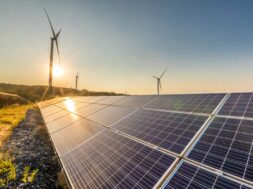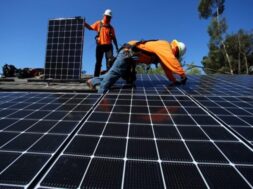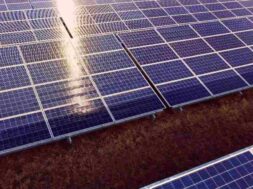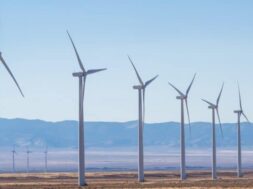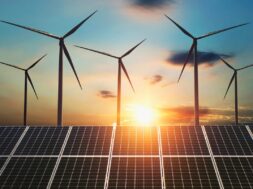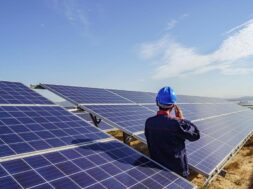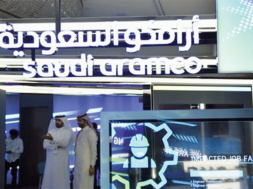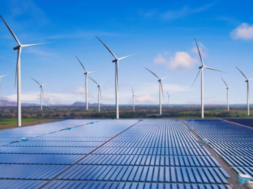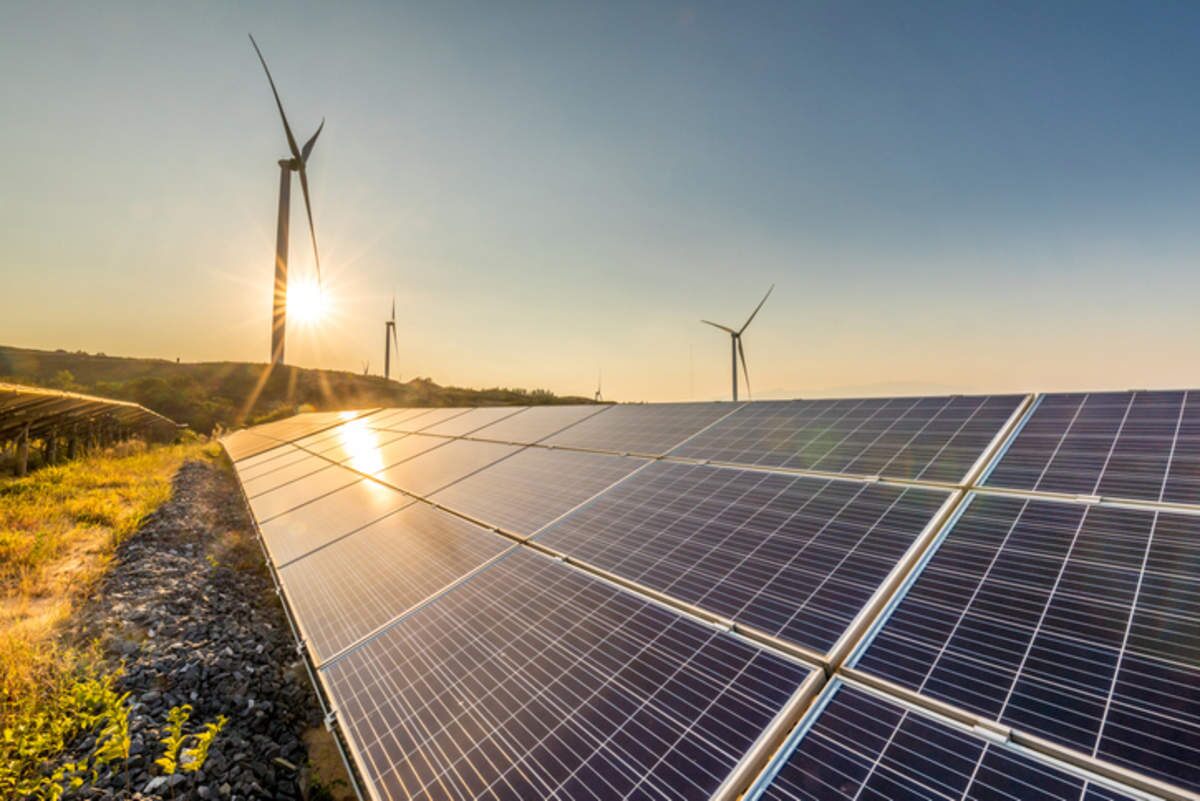
INTRODUCTION
In the North African sector, Morocco is an atypical country. Since its independence in 1956, the country has been no more than modest compared to nearby energy powers such as Algeria and Libya. Unlike its North African neighbours, its indigenous production is negligible and produces marginal quantities of oil and natural gas in the Essaouira basin and small quantities of natural gas from the Gharb basin,1 never having exceeded 5,000 barrels per day. However, the gas discovery in the Tendrara area by the UK’s Sound Energy2 and deepwater exploration offshore are promising developments. These are part of the oil and gas exploration programme managed by the National Office of Hydrocarbons and Mines (ONHYM).
The scarcity of its own hydrocarbon resources makes its economy dependent on imports to meet domestic energy demand, which has made Morocco the largest energy importer in North Africa. Over the period 2017-2020, fossil fuel imports accounted for around 90% of total primary energy supply and 80% of electricity supply.3
Morocco’s energy mix is mainly composed of fossil fuels, which account for almost 90% of total primary energy supply (TPES) and 80% of electricity supply. In 2020, coal accounted for almost 70% of the energy generated in the country, followed by renewables and natural gas with 18% and 9% respectively. In contrast, oil made a limited contribution to the energy mix, as its share fell substantially from 26% in 2011 to less than 2% in 2020.4 Coal was also the main source of electricity in Morocco, albeit to a lesser extent, accounting for almost 40% of production in 2019.5
Heavy dependence on the import of all fossil fuels has clear implications for Morocco’s energy security and economy, as was seen with the Maghreb-Europe gas pipeline. Its closure in November 2021 left Morocco without around 15% of the electricity produced at the Tahaddart and Ain BéniMatha combined cycle plants that were supplied with natural gas from Algeria. Fortunately for the Moroccan economy, this damage was quickly alleviated by the reversal of the pipeline, which allowed gas to be imported from Spanish LNG plants and transported to Tangier,6 but demonstrated the fragility of Morocco’s energy system in the face of geopolitical upheavals and accelerated the decision of Moroccan authorities to look for alternative options. Renewable energy was seen as a potential solution to their energy vulnerability, as well as an excellent source of additional income from exporting their surplus…Read More…
